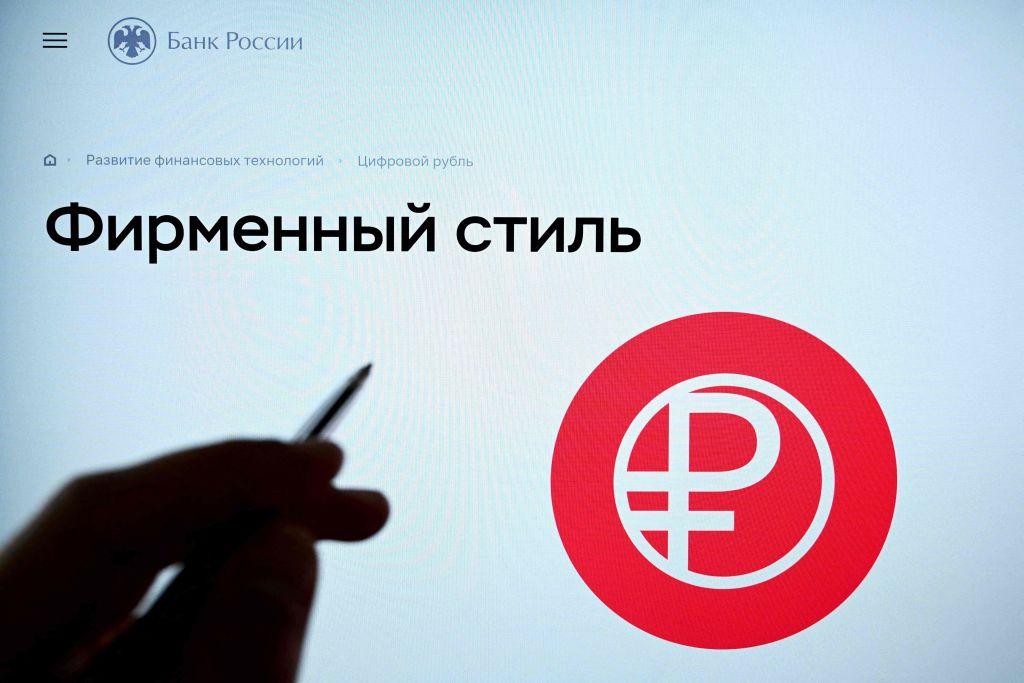Australia and its partners need to pay more attention to central bank digital currencies
Posted By Bronte Munro on August 16, 2023 @ 13:30

Governments around the world have begun piloting central bank digital currencies. CBDCs are issued and backed by centralised financial authorities and have the potential to reshape the international financial system. Russia, China, Saudia Arabia and Brazil have been among the first movers [1] testing CBCD’s potential, in part to circumvent the Western-dominated international financial order.
Australia and its close allies, such as the US, are not leading in the global experimentation with CBDCs and have little incentive to do so because the current system provides them with benefits and security. However, the failure to engage in the development of CBDCs could lead to the adoption of an alternative financial system that is not shaped by the norms common to Western economies.
As a leader in the piloting [1] of CBDCs among Five Eyes [2] nations, Australia must continue to collaborate with close allies in promoting standards and gaining an understanding of how the adoption of CBDCs by nations such as Russia might affect the geopolitical environment.
A CBDC is similar to a cryptocurrency, but its value is determined by the issuing government authority and is equivalent to the country’s fiat currency. It differs from the digital money that most people are familiar with because it is held as a liability of the centralised financial authority, such as the Reserve Bank of Australia, not the issuing bank.
There are two types [3] of CBDCs. A retail CBDC is typically designed as a central bank liability that is accessible to individuals and businesses in the jurisdiction’s financial system, like cash. A wholesale CBDC is a digitised central bank liability designed for significant transactions between banks and held alongside or instead of traditional forms of central bank money such as reserve balances. CBDCs are domestically issued and offer solutions for non-banking populations who traditionally struggle to access financial infrastructure. They also provide issuing governments with the ability to ensure transparency and efficiency in allocating funds.
A major benefit for certain countries is that CBDCs provide a cost-effective means of transferring money that doesn’t rely on Western banking infrastructure. The SWIFT messaging system, for example, has been used by the US to exert influence over other states. Its denial and access have been used as a tool to impose economic sanctions, notably against Iran and Russia.
Russia has been looking at CBDCs as a potential way to bypass [4] the economic sanctions the West has imposed since the invasion of Ukraine in February 2022. That was also when Russian banks started piloting [5] the digital rouble. President Vladimir Putin signed legislation in July that enabled Russia to launch the central bank’s digital rouble with 13 banks and selected clients on 15 August. States that have signalled a willingness [6] to trade with Russia despite sanctions include India, Turkey and China, which are also leading global experimentation and adoption of CBDCs.
Cross-border CBDC infrastructure between non-Western-aligned nations doesn’t yet exist, and the economic system still favours the US dollar, which benefits Australia. Financial infrastructure providers such as SWIFT are cognisant of the risks that CBDCs pose to the global banking landscape and have begun testing [7] their own interoperable CBDC solutions. However, the potential for interoperability between nations piloting and launching digital currencies could enhance international trade and financial engagement outside of the Western financial system.
Players such as Russia view CBDCs as a strong counterbalance to the US-dominated financial order. Australia, the US and other allies must collaborate and increase their role in shaping the development and adoption of CBDCs to preserve the benefits of the current system and provide economic accountability in international trade and commerce.
Australia is one of 21 countries in the pilot phase of launching a CBDC, according to recent data [1] from the Atlantic Council’s central bank digital currency tracker. Close allies such as the US and UK are still in the exploratory development stages. The RBA has launched [8] 14 pilot projects in collaboration with the financial industry to explore real-world applications for an Australia CBDC, including Project Dunbar [9], which is looking at international settlements using multiple CBDCs. The project was led by the Bank for International Settlements in partnership with the RBA, the Central Bank of Malaysia, the Monetary Authority of Singapore and the South African Reserve Bank.
International collaboration under initiatives such as Project Dunbar is key in furthering standards and norms for CBDCs while concurrently providing more insight into how the experimental digital financial framework interacts with and circumvents the existing international financial system. Australia is in a position to coordinate leadership on this work and should continue proactively engaging with close allies and partners in understanding the geopolitical implications of CBDCs.
Article printed from The Strategist: https://aspistrategist.ru
URL to article: /australia-and-its-partners-need-to-pay-more-attention-to-central-bank-digital-currencies/
URLs in this post:
[1] movers: https://www.atlanticcouncil.org/cbdctracker/
[2] Five Eyes: https://ukdefencejournal.org.uk/the-five-eyes-the-intelligence-alliance-of-the-anglosphere/
[3] two types: https://cointelegraph.com/learn/wholesale-cbdc-vs-retail-cbdc-key-differences
[4] bypass: https://www.coindesk.com/policy/2023/07/24/putin-signed-digital-ruble-law-making-a-cbdc-possible-in-russia/
[5] piloting: https://www.cbr.ru/eng/press/event/?id=12692
[6] willingness: https://www.voanews.com/a/russian-trade-rises-despite-sanctions-as-nato-member-turkey-offers-critical-lifeline-/7128651.html
[7] testing: https://www.swift.com/news-events/news/successful-testing-paves-way-cbdc-use-cross-border
[8] launched: https://www.rba.gov.au/media-releases/2023/mr-23-06.html
[9] Project Dunbar: https://www.rba.gov.au/payments-and-infrastructure/central-bank-digital-currency/pdf/project-dunbar-report-2022-03.pdf
Click here to print.